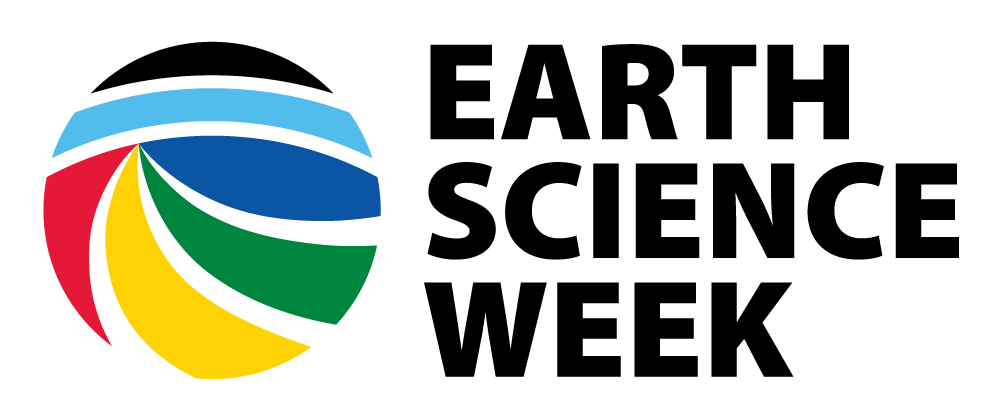Earth Science Week Classroom Activities
No Child Left Inside Activities
Building Geology: Rock and Mineral Hunt
Observation is a vital part of the scientific process, especially in Earth science. Before Earth scientists make hypotheses and theories, they observe the rocks around them for answers to questions, such as: What rock types are present? How old might they be? What do fossils and rocks tell me about the depositional environment? Was there active volcanism or faulting in this area? Students will use their observational skills to examine rocks they find on the exterior of the school building and on the ground on the campus.
Grade Level: 6-12
Safety
Wear sunscreen if outside for an extended period. Wear sunglasses on a sunny day. Taking a first aid kit is a good idea. No flip-flops should be worn outside. Be aware of the weather, and check for ticks after returning to the classroom. Washing hands after this activity is recommended to remove unwanted minerals such as lead.
Materials
- Geologic map of the collection area
Procedure
-
Take five minutes to find examples of sedimentary, igneous, and metamorphic rocks in the area around the school.
-
Discuss the rocks that your class collected and the minerals in the rocks. Can you identify any common minerals, such as quartz or feldspar?
-
Examine the geologic map of the area and discuss why you found these particular rocks and why you didn’t find other types of rocks.
-
Now walk around the school and examine the materials used to make the building. Discuss: Is the school made of brick, limestone, granite, or some other material? Do you see igneous, metamorphic, or sedimentary rock? Is the building composed of human-made material? Where do the building’s rocks come from? Are they found in a local quarry, or are they imported from far away? Do other buildings nearby have similar rocks? Are there fossils in the rocks? If so, what kind?
